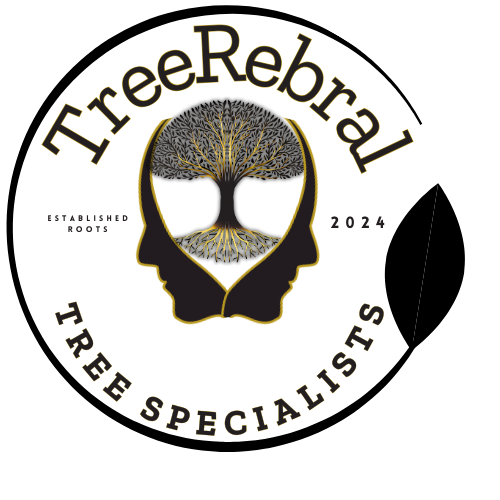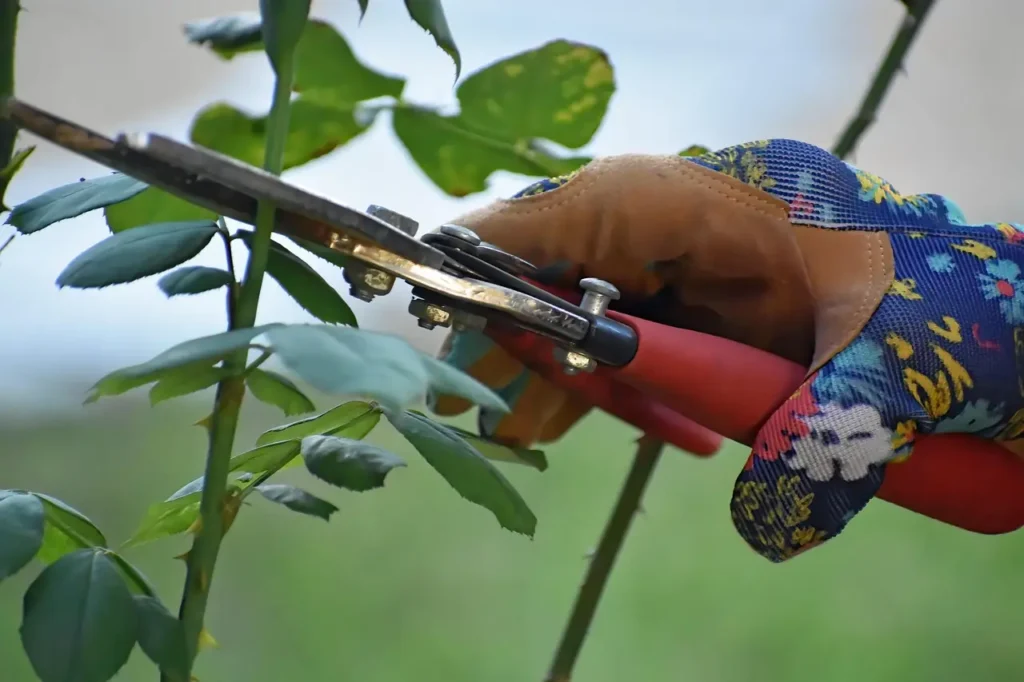Trees are the silent giants of our landscapes, providing us with shade, beauty, and a sense of tranquility. However, just like any other living organism, trees require care and attention to thrive. One of the most important aspects of tree care is pruning – an essential practice that not only promotes the health and longevity of trees but also enhances their aesthetic appeal. In this blog, we’ll explore the art of pruning, how it benefits trees, and why it’s crucial for creating both healthy and beautiful landscapes.
Why Prune?
Pruning is the process of selectively removing certain parts of a tree, such as branches, stems, or roots, to improve its structure, health, and appearance. While the term “pruning” might seem intimidating, it’s essentially about sculpting and maintaining the natural form of a tree. Proper pruning has numerous benefits:
Health: Pruning helps remove dead, damaged, or diseased branches, preventing the spread of illness or pest infestations. It can also improve air circulation and sunlight penetration, promoting better overall health.
Shape and Structure: Pruning helps maintain a tree’s shape by eliminating crossing or misaligned branches. This ensures a balanced structure and can prevent future issues such as weak limbs or potential safety hazards.
Encouraging Growth: Pruning stimulates new growth by encouraging the development of strong, healthy branches. It can also help a tree focus its energy on producing fewer, but healthier, branches, rather than wasting energy on weak or unnecessary growth.
Aesthetic Appeal: Pruning is also a tool for enhancing a tree’s appearance. With proper pruning techniques, trees can be shaped into stunning forms, adding visual interest and enhancing the overall landscape.
Types of Pruning
Pruning isn’t a one-size-fits-all approach; the type of pruning you use depends on the tree’s age, health, and the desired outcome. Here are the main types of pruning:
Crown Cleaning: This involves removing dead, dying, or diseased branches from the tree’s crown. This helps improve airflow and sunlight penetration, ultimately making the tree healthier and more resilient.
Crown Thinning: Crown thinning focuses on selectively removing certain branches to reduce density, which allows for better air circulation and sunlight penetration. This technique is often used in mature trees to prevent overgrowth and reduce the risk of storm damage.
Crown Raising: This type of pruning involves removing the lower branches to give clearance for pedestrians, vehicles, or structures. It’s particularly useful in urban environments or areas where the tree may obstruct pathways or driveways.
Crown Reduction: This technique is used to reduce the size or height of a tree by removing the top branches. It’s often employed for trees that are growing too large for their location or that need to be maintained at a certain size for safety or aesthetic purposes.
Pollarding: A more radical pruning technique, pollarding involves cutting back branches to the same point every year. This method encourages the growth of a dense canopy of smaller branches, which can be aesthetically pleasing and is often used on trees that are intended to be kept smaller.
Directional Pruning: This type of pruning focuses on encouraging growth in a particular direction, such as shaping a tree to grow away from a building or fence.
When to Prune
The timing of pruning is critical for tree health and longevity. Pruning at the wrong time can result in weak regrowth, disease transmission, or even harm to the tree. Here are some general guidelines for when to prune:
Dormant Season (Late Winter to Early Spring): This is the best time for pruning most deciduous trees, as they are not actively growing, and you can easily identify the tree’s structure. Pruning during dormancy minimizes the risk of disease and stress to the tree.
Post-Bloom (Spring to Summer): After flowering, prune trees that flower in the spring to remove spent blossoms and deadwood. This timing also helps reduce the spread of disease, especially if the tree is susceptible to certain pathogens.
Summer: For trees that are particularly prone to disease, pruning in the summer can help reduce the spread of pathogens that are more active during the warmer months.
Avoid Pruning in Fall: Avoid heavy pruning in the fall, as it can stimulate new growth right before the cold weather arrives, leaving the tree vulnerable to frost damage.
The Pruning Process:
Step-by-Step Pruning can be done in a few simple steps to ensure you’re not only enhancing the tree’s beauty but also maintaining its health:
Assess the Tree: Look at the overall structure of the tree and identify any dead, diseased, or damaged branches. Check for any crossing branches or limbs that may be rubbing together.
Make the Right Cuts: Always cut at a slight angle, about 1/4 inch above a bud or side branch. This allows for healthy regrowth and minimizes the risk of infection.
Remove the Right Amount: Never remove more than 25% of a tree’s canopy in one go, as this can stress the tree and reduce its ability to photosynthesize effectively.
Clean and Sharpen Your Tools: Before you start, ensure your tools are clean and sharp to make clean cuts. Dirty or dull tools can damage the tree and introduce pathogens.
Step Back and Inspect: After each pruning session, step back and assess the shape of the tree. Pruning is a gradual process, so be patient and avoid over-pruning.
Pruning for Specific Trees
Different species of trees have unique pruning requirements. For example, fruit trees like apple or peach trees often require specialized pruning techniques to improve yield, while ornamental trees may be pruned to enhance their natural shape. Researching your specific tree species will help ensure you’re using the right pruning methods.
Conclusion:
A Balanced Approach to Pruning Pruning is an art, a skill that takes time to perfect. The goal is not just to make your tree look good, but to help it thrive and grow stronger over time. Whether you’re maintaining the health of a towering oak or sculpting the graceful branches of a Japanese maple, pruning is an essential task that ensures the beauty and vitality of trees in your landscape. By understanding the reasons for pruning, mastering the techniques, and timing it properly, you can create a healthier, more beautiful environment for both the trees and yourself. So, grab your pruning shears and start sculpting the natural beauty of your landscape – one cut at a time!

